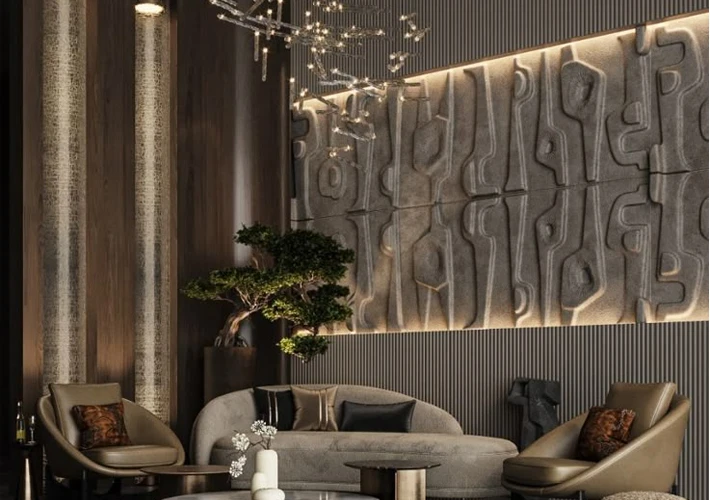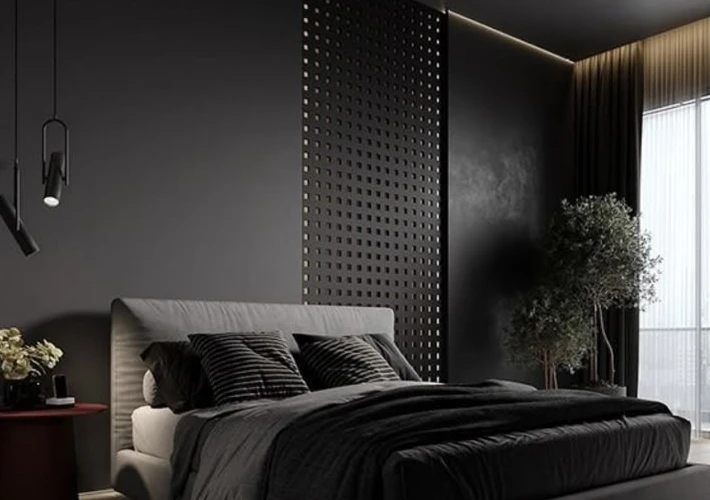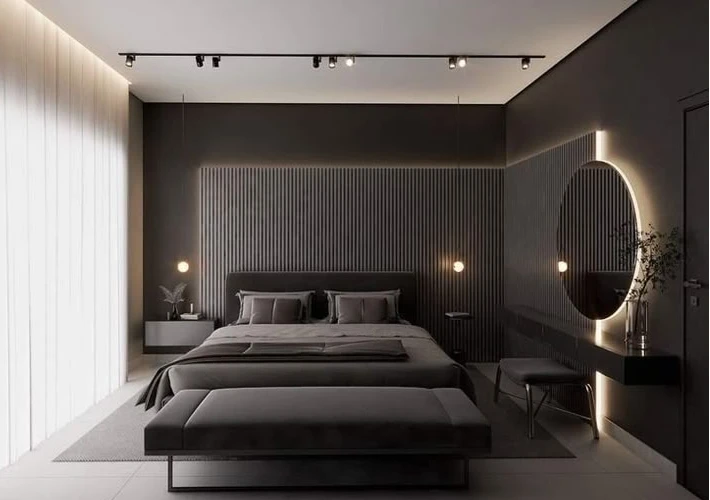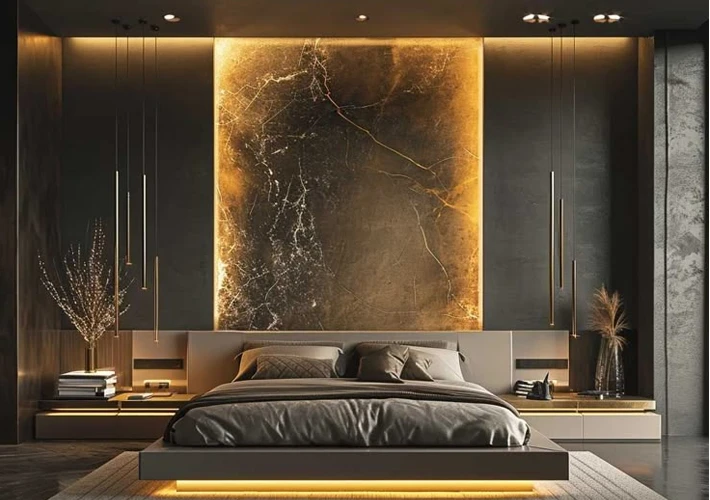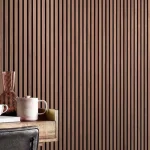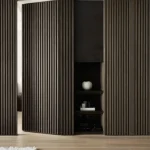Наши сайты
ФОТОГРАФИИ И ИНСТРУМЕНТЫ ДЛЯ ДИЗАЙНА
ИДЕИ ДИЗАЙНА
- How to Choose Luxury Hotel Furniture for a 5-Star Guest Experience
- Top Trending PVC Wall Panel Designs for 2025
- Hotel FF&E Design Trends 2025 | China Hotel FF&E Manufacturer & Supplier
- What Are the Main Types of Hotel Cabinets?
- How PVC Marble Sheets Enhance Luxury and Durability in Hotel Wall Decoration
- Hotel Room and Lobby Luxury Sofa Design Trends 2025
- The Top Five Most Popular Hotel Styles in 2025
- Common PVC Marble Sheet Sizes for Interior Wall and Ceiling Decoration
КОМНАТЫ И ПРОСТРАНСТВА
- Best Hotel Room Furniture Suppliers for 3–5 Star Hotels
- What Are the Advantages of Acoustic Panels for Office Use?
- Modern Hotel Furniture Trends and FF&E Packages for US Resorts
- What is the Furniture Used in a Hotel?
- Best Acoustic Panels for Studios, Theaters & Conference Rooms
- Best Acoustical Wall Panels for Offices, Homes, and Studios
- Advantages of Connecting with a Hotel’s Whole-House Customization Factory
- Main Application Scenarios of Flexible Wood Slat Panels
КАК УСТАНОВИТЬ
- Акустические панели должны быть на стенах или потолках?
- Пошаговое руководство по укладке мраморных плит из ПВХ
- Метод установки стеновых панелей из ДПК
- Как установить стеновые панели SPC?
- Как установить бамбуковый угольный шпон?
- Улучшение качества звука с помощью акустических панелей
- Как установить Bamboo Charcoal Wood Veneer?
КАК ЧИСТИТЬ
КОМНАТЫ И ПРОСТРАНСТВА
СОВЕТЫ ЛУЧШИХ ЭКСПЕРТОВ
- Bamboo Charcoal Wood Veneer Price Guide & Global Market Trends
- Top WPC Wall Panel Manufacturer and Factory for Global Projects
- Top 10 Best Acoustic Panels for Modern Interior Decoration
- How to Choose the Best Hotel Luxury Sofa for Your Project
- Latest Market Trends of WPC Wall Panels in 2025
- Common Sizes of Acoustic Wood Paneling: A Comprehensive Guide for Global Buyers
- Why Import WPC Wall Panels from China? Advantages and Trends
- Tips for Selecting Studio Acoustic Panels
ИЗУЧИТЕ ОСНОВЫ
- What Are the Standard Sizes of Acoustic Wood Panels?
- Which are Some Reliable WPC Wall Panel Suppliers in China?
- What Is the Standard Size of a WPC Wall Panel?
- What are the Advantages of the Black Mirror Panel?
- What Is PVC Marble Sheet?
- What Is an SPC Wall Panel? A Complete Guide for Importers
- How Acoustic Panels Enhance Comfort and Focus in Office Environments
- Top Benefits of Using Acoustic Wood Panels in Hotel Decoration Projects
ПОПУЛЯРНЫЕ КОЛЛЕКЦИИ
ИНСПИРАЦИЯ
ПОПУЛЯРНЫЕ КОЛЛЕКЦИИ
ИНСПИРАЦИЯ
ПОПУЛЯРНЫЕ КОЛЛЕКЦИИ
ИНСПИРАЦИЯ
ПОПУЛЯРНЫЕ КОЛЛЕКЦИИ
ИНСПИРАЦИЯ
УСТАНОВКА И КОНСУЛЬТАЦИИ
ПОПУЛЯРНЫЕ КОЛЛЕКЦИИ
ИНСПИРАЦИЯ
УСТАНОВКА И КОНСУЛЬТАЦИИ
ИССЛЕДУЙТЕ США
УСТАНОВКА И КОНСУЛЬТАЦИИ

